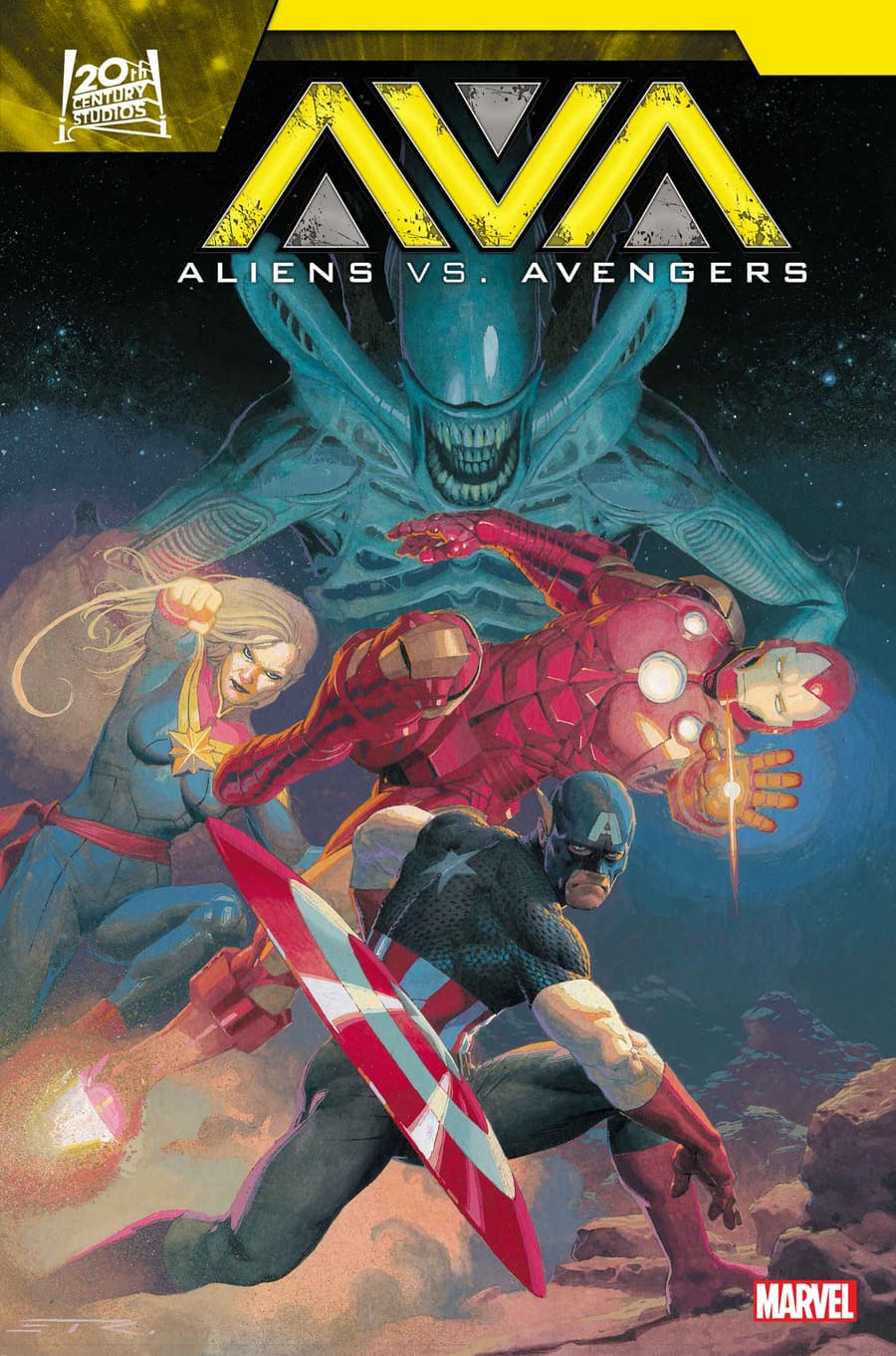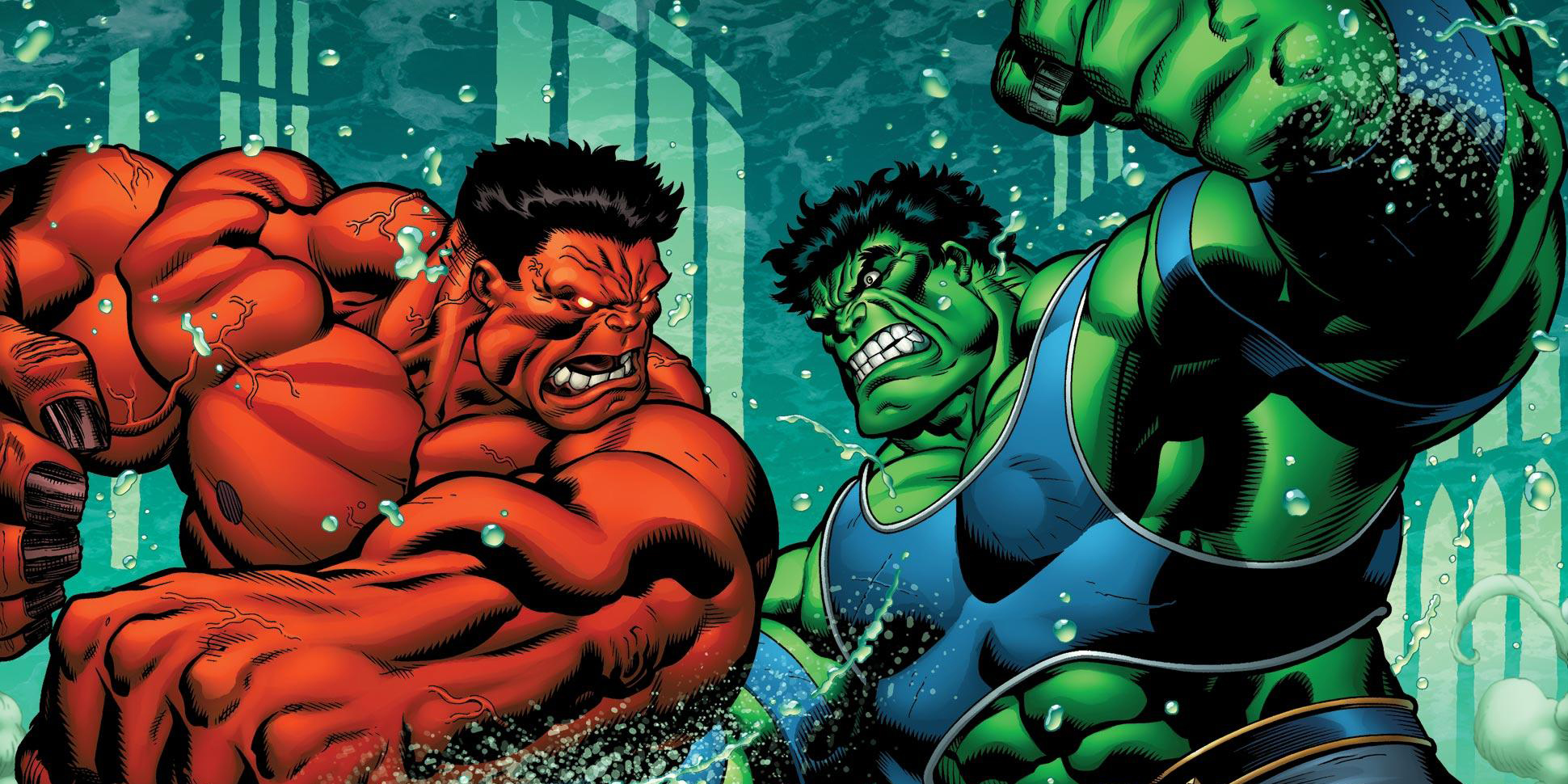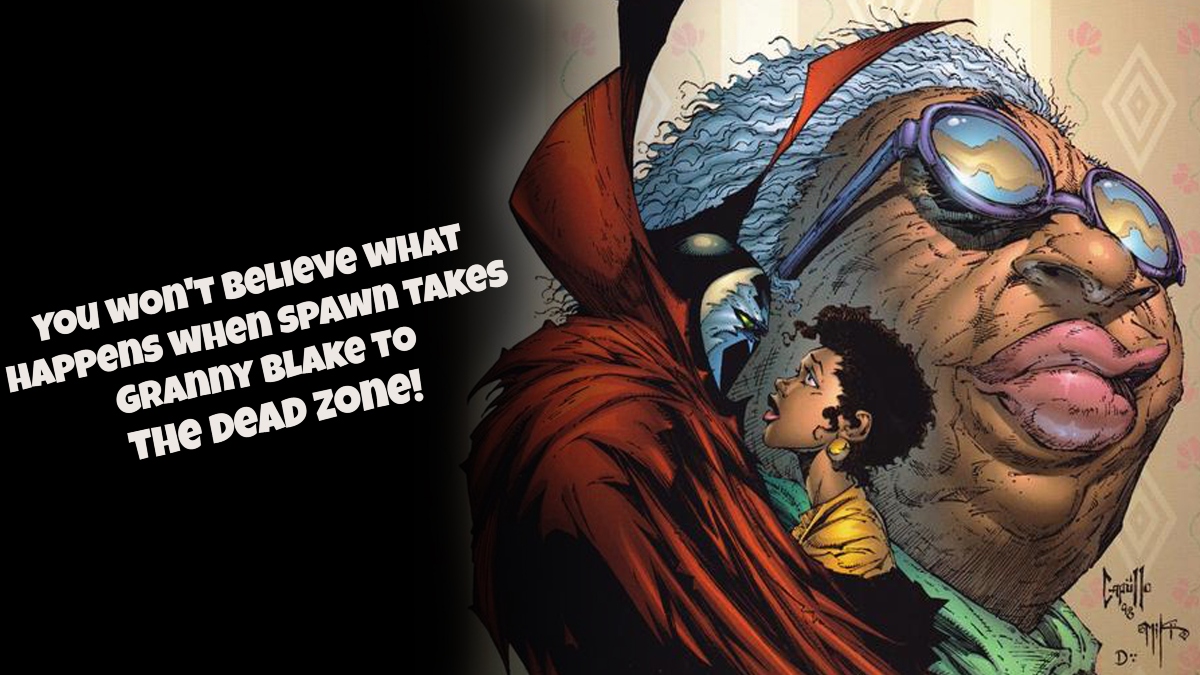
On Monday, LRM Online made the announcement that the Dark/Web: A Sci-fi Anthology Series panel at San Diego Comic-Con taking place on Friday July 19 from 1:30-2:30 PM PDT at The Horton Grand Theater. I was able to have a follow-up interview with co-creator Michael Nardelli regarding the production journey of Dark/Web:
LRM: What, in your experience, was the most important quality in being a executive-producer for Dark/Web?
Michael Nardelli: Lord, I would say perseverance and stamina. It was a long process. We shot all the A-story like you would a film. Over the course of a month. And we had a wrap party and all that — and you sort of felt like, “ok we’re done!” But we still had all the anthologies to shoot. Due to cast or director availability, those shoots all then took place over the next twelve months. Sometimes two at a time, or three at a time, back-to-back. Each one with its own style, cast, etc — like little films. Then we had another wrap party when all those were done. Post started somewhere in there, but we had pickups and inserts we still needed to shoot. I mean, up until the last couple VFX shots, I think we were still grabbing plates in our post-production suite or at my house. In one scene, James is reading a story outside a cafe that we shot in 2016, but the insert on the actual page he’s reading was shot in late 2018. There was absolutely a moment — one year into post — where it felt like we’d never be done. I had anxious, sleepless nights where I felt like I’d lost the confidence of the cast and crew. I’d get texts or emails “What’s the update? When is it coming out? Is it ever coming out?!” No one will ever know the complexity of some of the VFX shots we had and the time we had to spend on them to get them right on our tiny budget. But, of course, the best compliment will be if no one notices the effects and is just immersed in the story.
LRM: What is your approach to delegation of responsibility?
Michael Nardelli: Mario, Tim and myself have similar interests, similar strengths, and then, there are certain things each of have a higher level of expertise in. Mario and Tim can execute graphic art like it’s no one’s business — so I don’t make it my business! I have visual ideas for things like key art and some of the apps we created in the show — but I can’t draw or generate graphics for the life of me. That’s all on them. We have a divide and conquer approach. When it came to physical production, casting, the sale of the show, etc. — those were some of the responsibilities I took on because I’ve done ’em before. I keep saying this was a bespoke, hand-made art project, so we really were all hands on deck and doing the jobs of 10-15 people at once.
LRM: What is the most difficult production issue(s) you had to solve?
Michael Nardelli: Page counts per day. Sometimes in the 15-18 range — which is crazy for a TV show with the visuals and complexity we were at least hoping to achieve. Roxy Shih really set a tone for that. She’s great at getting what she needs in a few takes. She’ll direct you in scene without cutting. She sort of set our formula. And our Ad, Alex Jacobs, was instrumental in making sure we made those days. It’s great to have a second like Alex who is creative and artistically inclined, but also knows when to tell you to move on and stop being so precious lest you jeopardize your whole day.
LRM: How did you go about selecting different directors while still keeping the essence of Dark/Web?
Michael Nardelli: It was just a vibe, really. If they were people who were inspired by some of the same references we were inspired by. If they were curious about technology and our place in it. If they understood we wanted to tell a cautionary tale about characters dealing with this new world — and not just a sort of senselessly violent or gratuitous thing — then we were all pretty in sync. We all like working with new voices and new talent — people who are hungry and have something to prove and are showing up because they love the artistry of storytelling and have authenticity — not just doing it for some “Hollywood lifestyle” or because it looks cool on their Instagram to say they’re a filmmaker. All the directors worked so hard to prep for what was generally a fast and crazy shoot. There was no time for laziness.
LRM: What was the process to interpret the script and develop its execution with the other key creatives and the cast?
Michael Nardelli: We had table reads and one and ones with all the cast. All the directors had look books and mood reels and color palettes and all the usual things you need to get other creatives on the team into your head. Everything was very intentional. The crew and cast seemed to know what kind of story this was. That’s usually the cool thing about a film set — you’re usually surrounded by film nerds. I could say to my DP, Sheldon Chau: “I wanna go total REPULSION with this shot,” and he’d nod and do it, lol, with no explanation needed on what it’d just asked.
LRM: What were the production realities from casting through editing that you had to accommodate? How did you navigate those compromises or surprises and still end up with a cohesive film?
Michael Nardelli: The reality was no trailers, no frills. We did the best we could to have comfortable holding areas and good craft service. We drank lots of La Croix because it seemingly made everyone happy! Nothing about this was fancy. We have a lot of VFX on the show and were sticklers about making it look as good as it could. Everything’s up on the screen. Everyone worked for peanuts. Or less than peanuts? What’s less than peanuts? You know, at one point we had 3-4 VFX artists/compositors working out of their apartments or garages. We filmed pickups at my house to save money. Hopefully, it all still feels like a cohesive story — and if it does — it’s because despite all these disparate vendors and shoots and complications — everything came back to me, Mario and Tim. Every draft, every rewrite, every VFX shot big or small — we analyzed it with a fine tooth comb. In post particularly, it seemed like everyday there was a new disaster — but by that point we’d already come so far there was no throwing in the towel.
LRM: How closely was the original script followed, were you involved in rewrites prior to or during production, and do you feel the final result was true to the original concept? If not, in what ways did it change? What affected those changes?
Michael Nardelli: It’s all very, very close. There wasn’t much improvisation on the project other than — on longer days – realizing we couldn’t get this shot, or maybe didn’t have access to this location or prop — and we’d have to pivot and do what we could. Any rewrites during production were for budgetary reasons. Our most infamous cut was that the character of Sam who was supposed to find an abandoned cat at Molly’s house once she’d gone missing. It was a little nod to Ellen Ripley’s cat “Jones” in Alien. Darn it, I wanted that cat! But the cost of that plus an animal trainer for a certain number of days was just too much. There were other things that had to go, but in general, we tried to maintain the original vision as best we could. Some of our anthologies were originally more straight horror, too. Once we researched more about that dark web we realized they needed to be tied to tech, even if just in small ways. And I will say the A-Story, the serialized section, was originally just going to be used as a much briefer device to jump into the anthologies. Mario and I, in the writing of it, loved the characters though and what they had to say about our new digital world, so that part of the series very much took on its own identity.
RELATED: LRM Exclusive: Dark/Web SDCC Panel Date And Time Announcement!
That is quite the production journey indeed! I’m not sure I could keep up with all of the moving parts, but the attention to such detail is what will help make Dark/Web all the more enjoyable. Will you be at SDCC and are you interested in seeing the Dark/Web panel? Then be sure to check out the related article above!
The cast that will be on hand for the Dark/Web: A Sci-fi Anthology Series panel are Sibongile Mlambo (Netflix’s Lost in Space), Clare Kramer (Buffy), Lana McKissack (Transformers), Michael Nardelli (Circle), Noemi Gonzalez (Paranormal Activity), Rene Heger(Circle), Brian Elerding (Mad Men) along with filmmakers Tim Nardelli, Mario Miscione and Roxy Shih as they will discuss the ambitions and challenges of crafting an entire season of one of TV’s first independently produced series.
Don’t forget to share this post on your Facebook wall and with your Twitter followers! Just hit the buttons on the top of this page.
—–
Have you checked out LRM Online‘s official podcast feed yet The LRM Online Podcast Network, which includes our flagship podcast Los Fanboys, our premiere podcast Breaking Geek Radio: The Podcast, and our morning show LRMornings? Check it out by listening below. It’s also available on all your favorite podcast apps!
Subscribe on: Apple Podcasts | Spotify | SoundCloud | Stitcher | Google Play
Source: LRM Exclusive

 FOR FANBOYS, BY FANBOYS
Have you checked out LRM Online’s official podcasts and videos on The Genreverse Podcast Network? Available on YouTube and all your favorite podcast apps, This multimedia empire includes The Daily CoG, Breaking Geek Radio: The Podcast, GeekScholars Movie News, Anime-Versal Review Podcast, and our Star Wars dedicated podcast The Cantina. Check it out by listening on all your favorite podcast apps, or watching on YouTube!
Subscribe on: Apple Podcasts | Spotify | SoundCloud | Stitcher | Google Play
FOR FANBOYS, BY FANBOYS
Have you checked out LRM Online’s official podcasts and videos on The Genreverse Podcast Network? Available on YouTube and all your favorite podcast apps, This multimedia empire includes The Daily CoG, Breaking Geek Radio: The Podcast, GeekScholars Movie News, Anime-Versal Review Podcast, and our Star Wars dedicated podcast The Cantina. Check it out by listening on all your favorite podcast apps, or watching on YouTube!
Subscribe on: Apple Podcasts | Spotify | SoundCloud | Stitcher | Google Play




